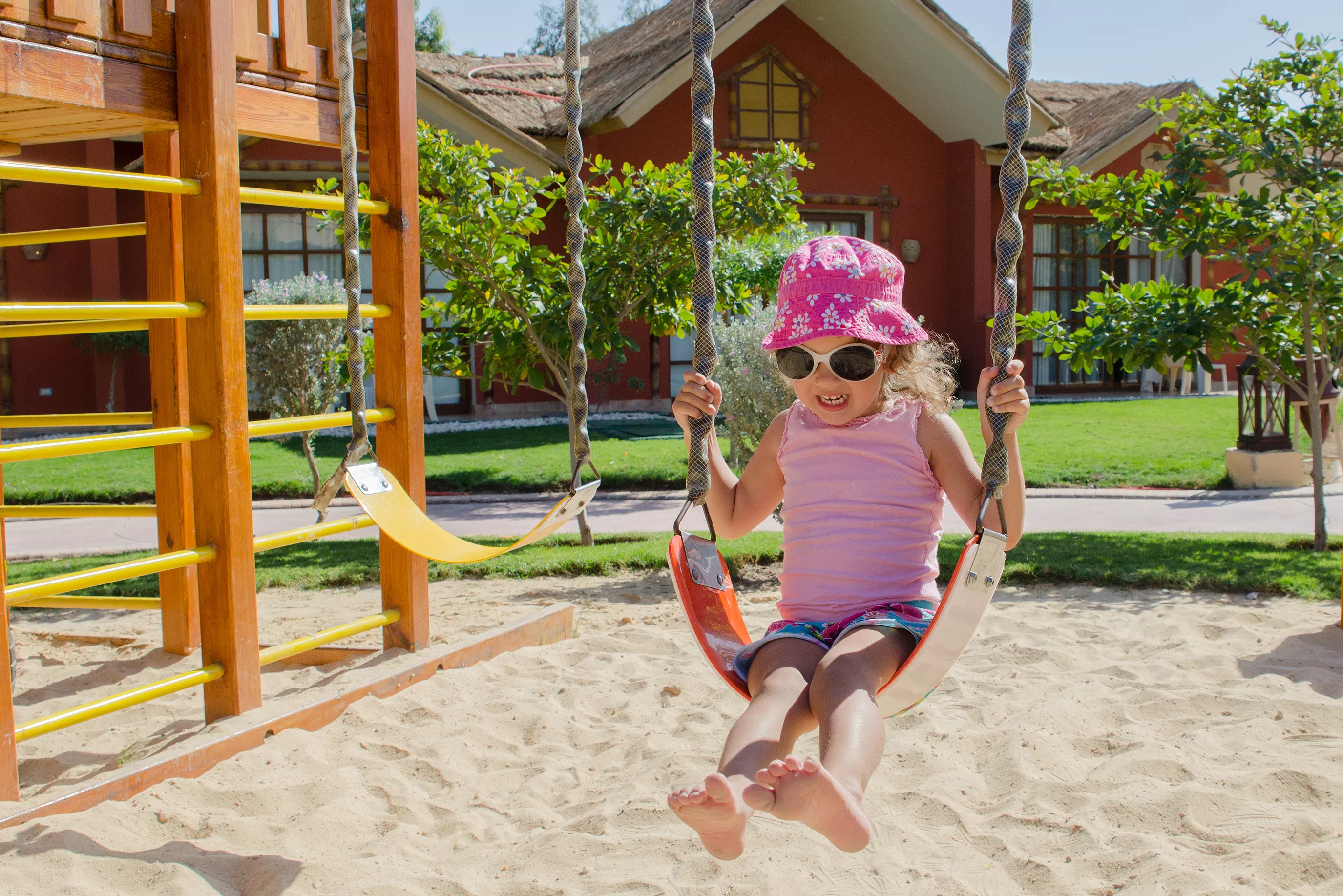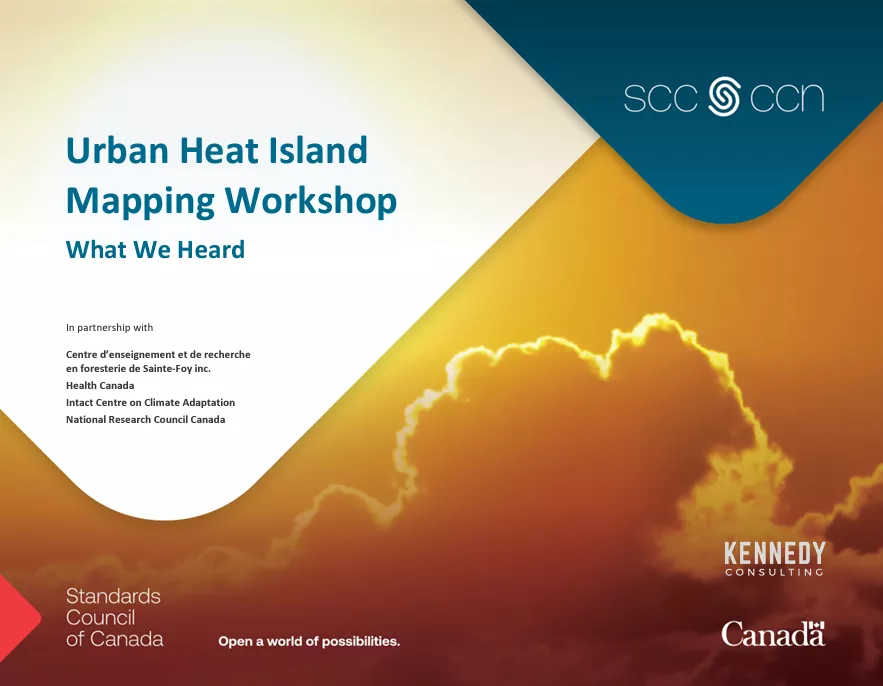Extreme heat events are anticipated to become longer, more frequent, and more intense because of climate change. On average, Canada is warming at twice the global rate. By the mid-21st century, many parts of the country are projected to have double the number of very hot days each year. For Canadians living in urban areas, there is an even great consequence.
Urban heat island (UHI) effect refers to warmer temperatures in urban areas compared to surrounding rural areas. UHIs occur in highly developed areas where humans have altered the surface of the land through the construction of buildings, roads and other infrastructure. In urban areas, surface daytime temperatures can be 10-15° hotter than in surrounding rural areas, and nighttime temperatures up to 12° hotter.
Canadian cities face the greatest risk from extreme heat because of the UHI effect. Almost three in four Canadians live in cities: in 2021, 73.7 percent of Canadians lived in large urban centres. Furthermore, from 2016 to 2021, these cities accounted for most of Canada’s population growth (+5.2 percent). One tool to better understand how increasing temperatures will impact communities is to develop UHI maps. However, mapping methods are diverse, making comparability between maps challenging. That’s why we are supporting further work in this area.
Learn more

Mobilizing the recommendations in thermally comfortable playgrounds
Designing cool and comfortable playgrounds
Find out how to design cool and safe spaces for children to play and learn outdoors! This project was developed by Milieux de vie en santé, a program from Nature Québec, with the support of the Standards Council of Canada and Health Canada.
-
Playtime is essential when you’re growing up.
It helps develop our mental, physical and social skills.
At present, Unicef Canada states that only one child out of five plays enough
Poorly designed outdoor spaces, with few trees and many paved surfaces, trap the heat and further reduce levels of outdoor play. More hot days because of climate change can also deter children from playing outdoors.
Between 2005 and 2050, the number of very hot days in Toronto are expected to triple.
Heat can make outdoor playtime uncomfortable and occasionally dangerous.
Burns, sunburn or faintness, overexposure to heat presents many health risks and lowers children's safe play outside.But we can reduce these risks. It is possible to transform playgrounds into welcoming and temperate spaces through design.
To achieve this, we can:
Create green and shaded spaces around playground areas and in school grounds.
We can limit the sun’s radiation with vegetation and other clear colored or natural surfaces. Also, it is important to take into account the wind’s direction and the sun’s orientation in the design plan.
By thinking through the layout of vegetation and play structures, shade can be optimized in summer and cold wind can be reduced in winter.
Finally, we recommend making a water source easily accessible, for both cooling off and caring for the plants.Creating cool and comfortable spaces for learning and playing will promote stronger social ties, reduce the intense urban heat and improve health conditions of children.
Learn more by reading this report.
Take action by transforming your local school ground into an outdoor classroom!
Presented by: logo Milieux de vie en santé Nature Québec Financial contribution from : logos Health Canada Santé Canada, Standards Council of Canada
Thank you to: Eric Kennedy, Gregory Richardson, Heather Olsen, Jennifer Vanos, Marla Desat
